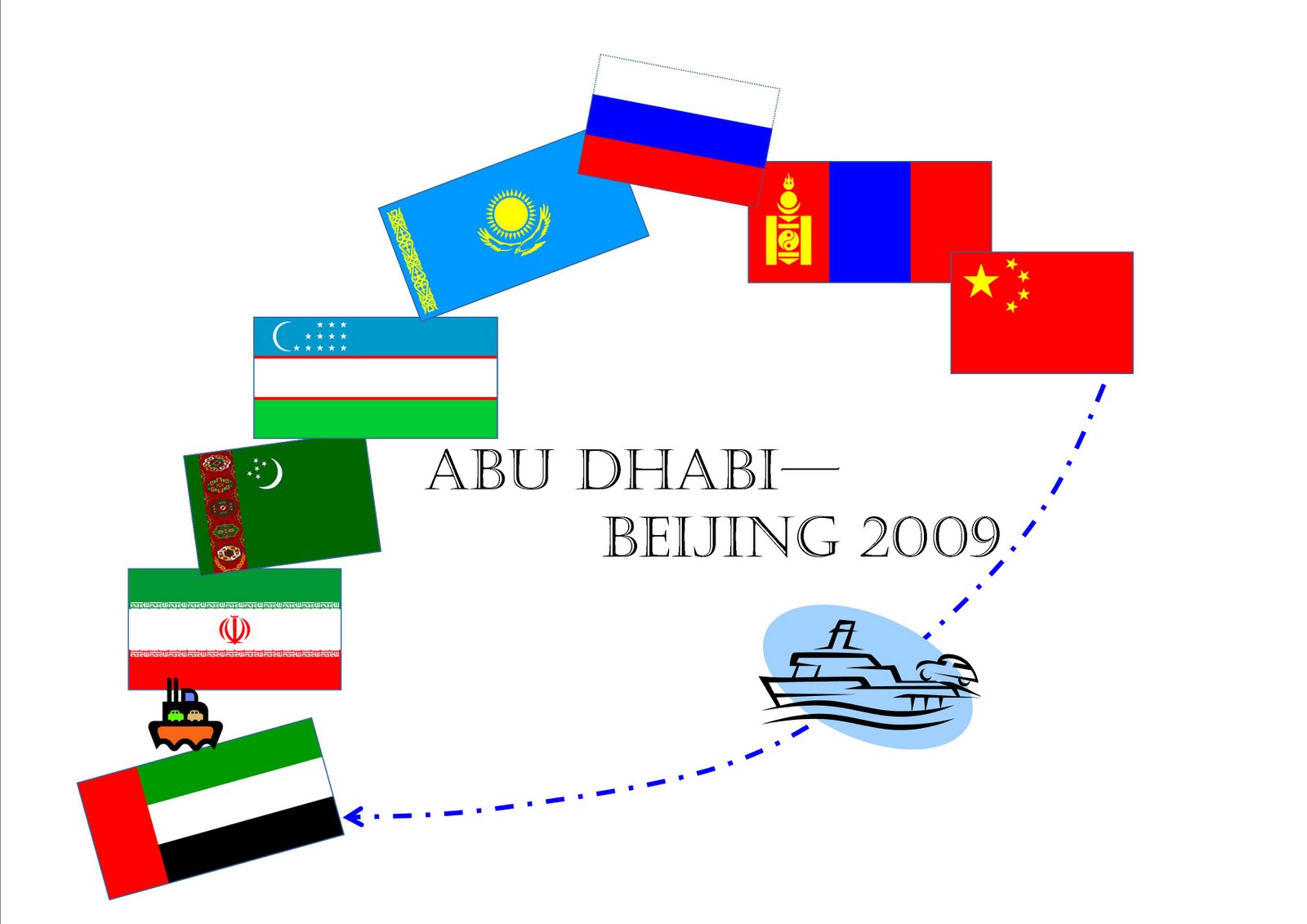Not much said over the last two weeks but so many miles driven and so many different things seen…
Having left Barnaul and the flat landscapes accompanying us since Ashkabat (Turkmenistan), we steadily climbed up the delightful and surprisingly beautiful hilly countryside towards the Altai mountain range which creates a natural separation between Russia, Kazakhstan, Mongolia and China further south. The Russian side of the Altai features secondary residences and chalet-type bungalows along the river allowing for summer mountain excursions, fishing and canoeing and ski-like activities in the winter. We even faced hail at the Russian-Mongolian border.
The efficient crossing and very welcoming Mongolian border plunged us immediately into THE DREAM and the beginning of the desert areas of the Altai-Gobi (Gobi meaning desert in Mongolian language) with its multidirectional and multi-parallel roads, where map and GPS often fought but eventually converged to the sought for cities. As Baba would say, the dusty Mongolian roads and desert landscapes offer us repeatedly endless images of the "INFINITY", which you at some times frighteningly get used to (how will be the return to our smaller cities like Namur, Aarschot, Abu Dhabi ???).
It has also been a great opportunity which almost became common practice to meet with friendly and hospitable nomads around their gers (yourths), surrounded by their animals;- i.e. sheep's, goats (cashmere producers), camels, horses, cows, yaks and dogs; taking profit of the nature the itinerant way without looking to change the surroundings by cultures or else. The spoiled city Mongolians however unthinkingly sprinkling their empty vodka bottles along the roadsides.
Halfway, we discovered the well-known Erdene-Zuu ruines and alive monastery, rebuilt after the un-understandable monasteries burn down and mass destruction in 1937 under the Stalinist Russian invasion, where after only some would be partly rebuilt in the mid and late 20th century. The Monastery located in Kharakhorin, some 350 kms west of Ulan Batar, meets the image we would imagine from "Tibet" type monastries and monks though we did not yet visit the Himalayan edifices.
Ulan Batar, as a must on the trip, offered us the illustration of a cosmopolitan city where life seems to concentrate around a huge traffic jam in the city center around the Parliament and the Theatre, reputed for the Mongolian Operas and Ballets. It also offered us a well-deserved Italian dinner at the very recommendable Veranda (Men took their Belgian favorite though – Steak).
The way to the south and to the Gurvan Saikhan National Park got colder and more desert like with increasing winds, obliging us to modify our accommodation habits of camping towards more basic hotels or warm nestled shelters as gers/yourds.
The Gurvan Saikhan National Park offered us the sought for contrasting sceneries, where we spent three days wandering into the Yolin Am Ice Canyon (however no ice in September) with horses, discovering the dinosaurs' eggs on the reddish flaming cliffs, lunching in the Saxaul forest, prior to head for a long stormy journey (even rain) to the long aspired world highest located sand dunes in the West of the park; park which is as big as 2/3 of Belgium ;-). The overnight increasing wind and sand storm blocked us for the entire morning at the Juulchin Gobi ger camp where we tasted (I didn't say enjoyed ;-))) a typical Mongolian lunch (sheep grease soup with sheep fried beignets… mmmh.
As promised to his son John, Baba crawled up the dunes under a heavy storm to have the city flag floated (i.e. Namur- Belgium).
Our latest adventure was the 550km West-East crossing of the Gobi from the Park city Dalandzagbad to Saindshang, an aimag capital on the Mongolian Railway, awaiting to cross the Chinese border on the 23rd September 2009.
Last challenge for Mongolia – try the "Airagh", horse milk alcoholic beverage, famous with the nomad families however un-findable in stores.
Next to come… the Chinese Great Wall and Beijing!































No comments:
Post a Comment